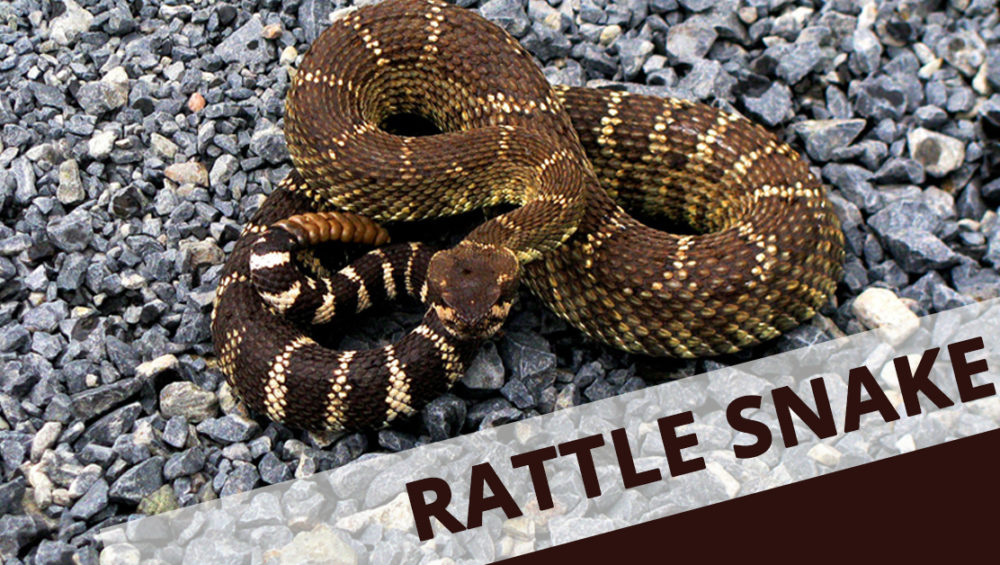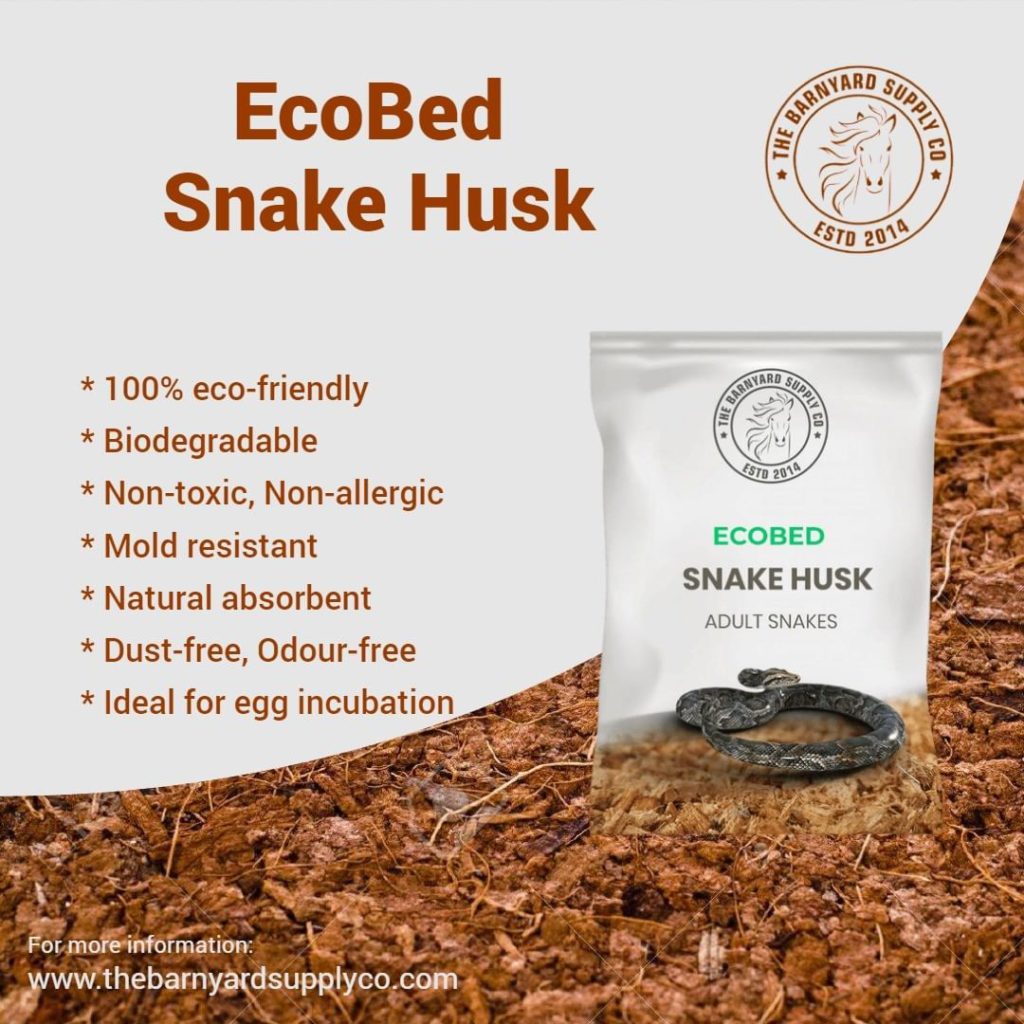Rattlesnakes have unique behaviours that make it a very good pet besides the fact that its bright green colours are a sight to see.
The rattlesnake has a triangular shaped head and is a heavy bodied snake. On each side of its face, there are two dark diagonal lines starting from its eyes to its jaws. There are dark diamond-shaped patterns on its back. Just above the rattles, there are black and white bands on its tail.
Table of contents
Behaviour
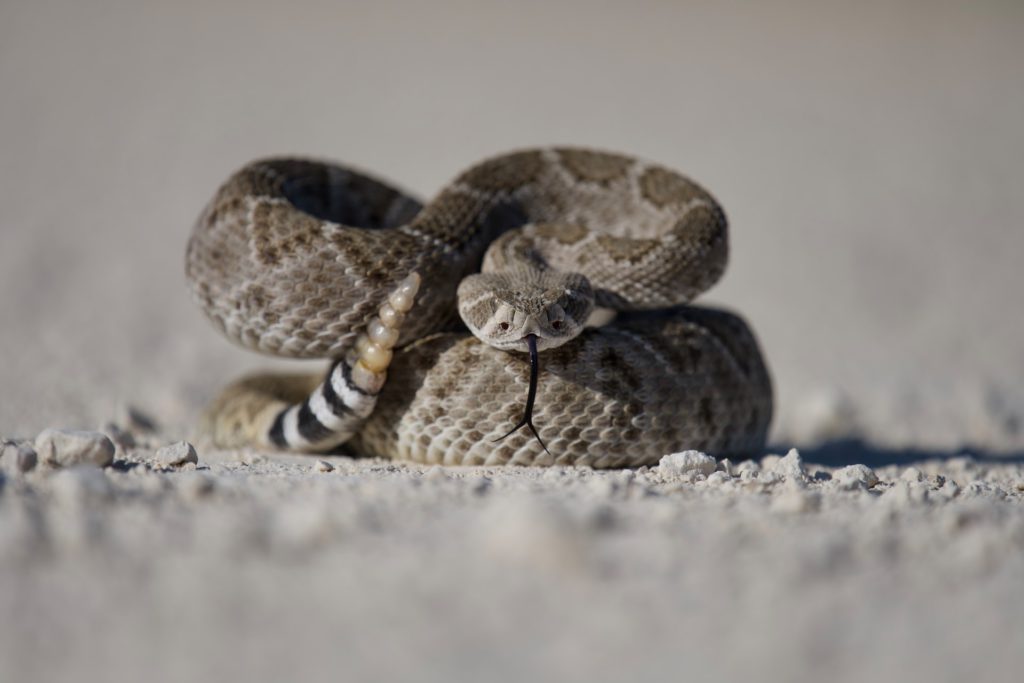
Rattlesnake is an extremely arboreal reptile by nature, so it spends its entire day on top of a branch or an elevated spot. When it is hunting or when it needs to drink water, it goes down to the ground because this reptile is somewhat shy and feels safe on top of a branch or any other similar elevated spot in its enclosure.
Rattlesnake is one of the largest members of anole species and their overall size is usually upto 1.5 feet long. The Western Diamondback Rattlesnake has a lifespan of about 8 to 12 years. Most Western Diamondback Rattlesnakes that live under human control usually live an average of about 8.3 years. As long as they are given the proper care and nutrition, these reptiles can live for more than 12 years.
Temperature Requirements
Environments that are warm and tropical are preferred by Rattlesnakes. Use lighting sources such as a UVB lamp or an incandescent heat lamp to provide your reptile with the heat or warmth it needs. Temperatures between 70 and 80 degrees should be there in the coldest portion of the entire enclosure. For achieving this temperature UVB lamp should be beneficial because it does not produce a lot of heat.

However, because the Rattlesnake wants a basking place after eating, there should be a fairly hot portion in the enclosure. The temperature in the enclosure’s warmest section should be between 95 and 100 degrees. This hot spot is most likely directly beneath the heat lamp, as that is where the most of the heat it produces should be.
Humidity
When it comes to humidity, Rattlesnakes demand a humid environment with humidity levels ranging from 50% to 80%. To reach these humidity levels, mist the snake’s enclosure with water on a frequent basis. As a result, the habitat might remain moist and humid. The best technique to provide the Rattlesnake with the water it requires for drinking is to mist it. A water dish can also keep humidity levels up, even if it doesn’t serve many uses in terms of your snake’s hydration needs. The simplest way to tell if the enclosure is humid is to look at the substrate and see if it remains damp or moist.
Lighting
If you want to provide good lighting to your Rattlesnake then there are two types of lights available. The first should be a UVB light that gives your snake vitamin D3. This permits it to better digest calcium, lowering the chances of it developing metabolic bone disease. Another type of light in the enclosure should be a strong heat lamp that supplies the majority of the light and heat. The main aim of a heat lamp is to maintain a natural light schedule for your snake.
Cleaning
For keeping your Rattlesnake away from harmful illness or health problems it is important to provide clean and sanitary habitat. Whenever you find faeces or anything nasty, make sure to spot clean the enclosure. However, once a month, properly clean the habitat to kill off germs, moulds, and other hazardous microorganisms. You may make a sanitizing solution with water and vinegar.
Diet
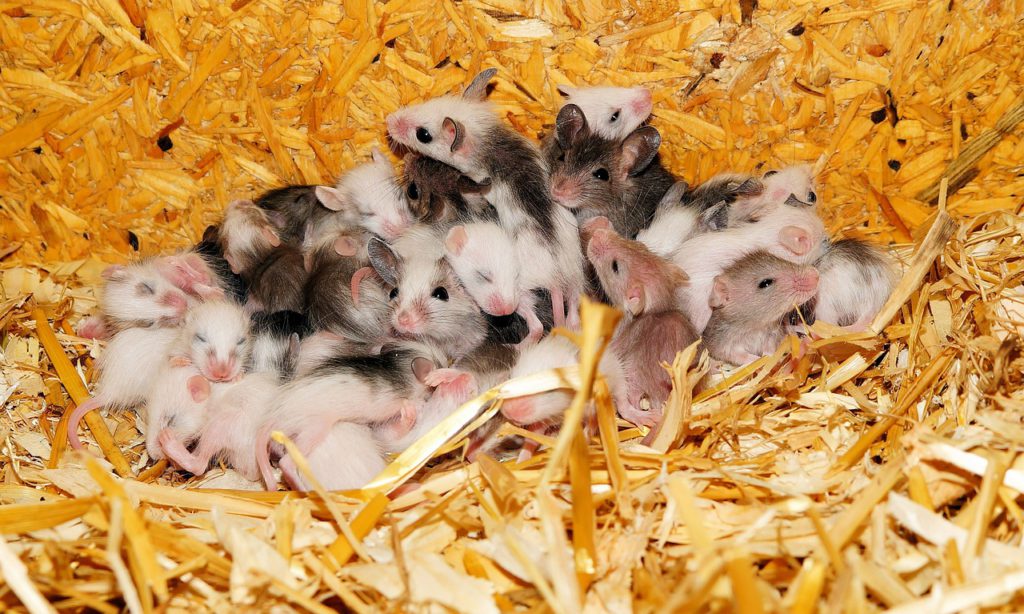
Rattlesnakes eat a wide variety of prey, including lizards, frogs, and rodents of many kinds. Mice and rats are eaten by tiny individuals, while squirrels and small rabbits are eaten by adults. It usually does not contain large parasite burdens, unlike some other rattlesnake species, though all specimens should be tested by a qualified veterinarian. Wormers and other drugs will be administered through the diet.
Substrate Nature
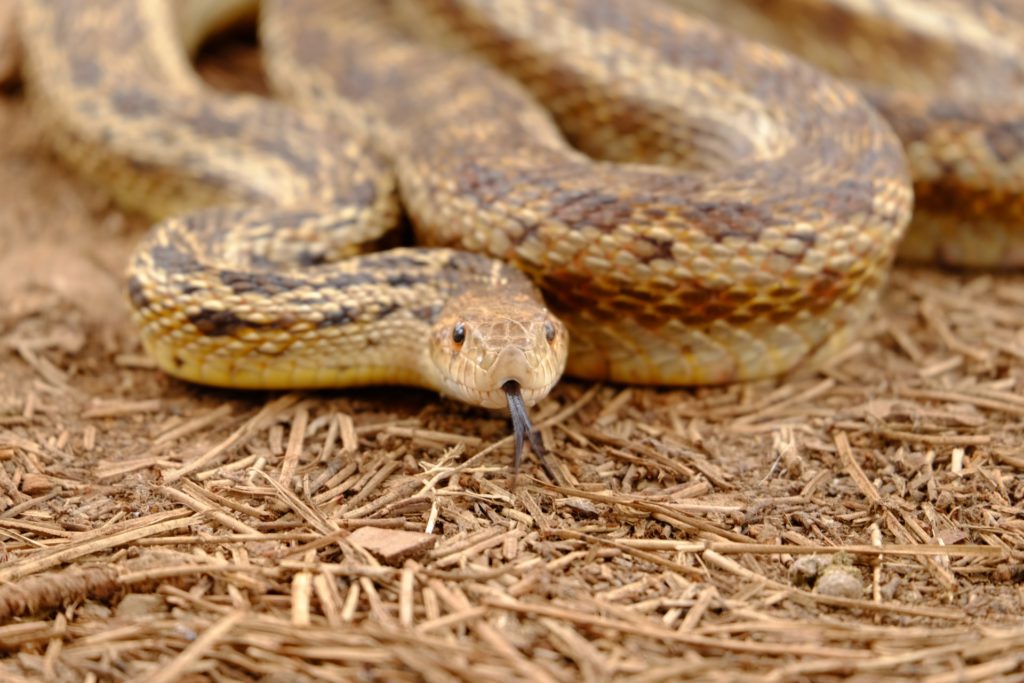
Rattlesnake rarely spends time on the ground due to its arboreal nature, you should provide a decent substrate in its enclosure to act as bedding and to keep things moist. Cypress mulch is a good choice since it maintains moisture effectively, but newspapers or coco fibre are other good options. Use of fertilised garden soil sparingly since it may hurt the Rattlesnake if it swallows it accidently while feeding.
Substrate Type
Coconut fibre
Coconut fibre is extremely light, easy to clean, and attractive. On the other hand, it is more expensive than alternative substrates. It helps absorb the odor and locks within the substrate. It is a dust free substrate which is absolutely chemical-free and non-toxic. It doesn’t mold and is very moisture absorbent.
Advantages:
· Highly comfortable material for snakes
· Odor and Dust free
· Natural and Organic material
Disadvantages:
· Doesn’t retain humidity much longer
· Large pieces of husk can cause irritation
Cypress shavings
Cypress mulch is a comfortable substrate for snakes. They can dig around in the mulch and it retains humidity nicely. It’s attractive and has a pleasant but not overwhelming smell. This mulch is cheap and readily available at garden shops. You do have to remove all the mulch to thoroughly clean the cage.
Advantages:
· Retain moisture
· It doesn’t mold.
Disadvantages:
· Costly
· Mites thrive in cypress mulch
Newspaper and paper towel
Newspapers covers are easy as well as cheap. Paper towels can work superior for small cages. It is versatile and it can be placed on the bottom of the cage. Newborn snakes love newspapers. Adults can’t easily burrow in newspapers, but shredded paper will resolve the issue. Wet or damp newspapers and paper towels can cause skin infection in the snakes. To avoid these, replace wet newspapers with fresh newspapers.
Advantages:
· It is one of the most versatile bedding options.
· It is affordable.
· It is more suitable for hatchings.
Disadvantages:
· Adult snakes can’t easily burrow in newspapers.
· Wet or damp newspaper can cause skin infection for snakes.
The Rattlesnake is quite simple to care for in terms of maintenance. Rattlesnake does not like to be handled, they are not the best pets for beginners who enjoy handling their reptiles. Be careful while handling Rattlesnakes, they may bite you because of their shy tendencies. Proper diet and right enclosure must be provided to the snake for their health.

